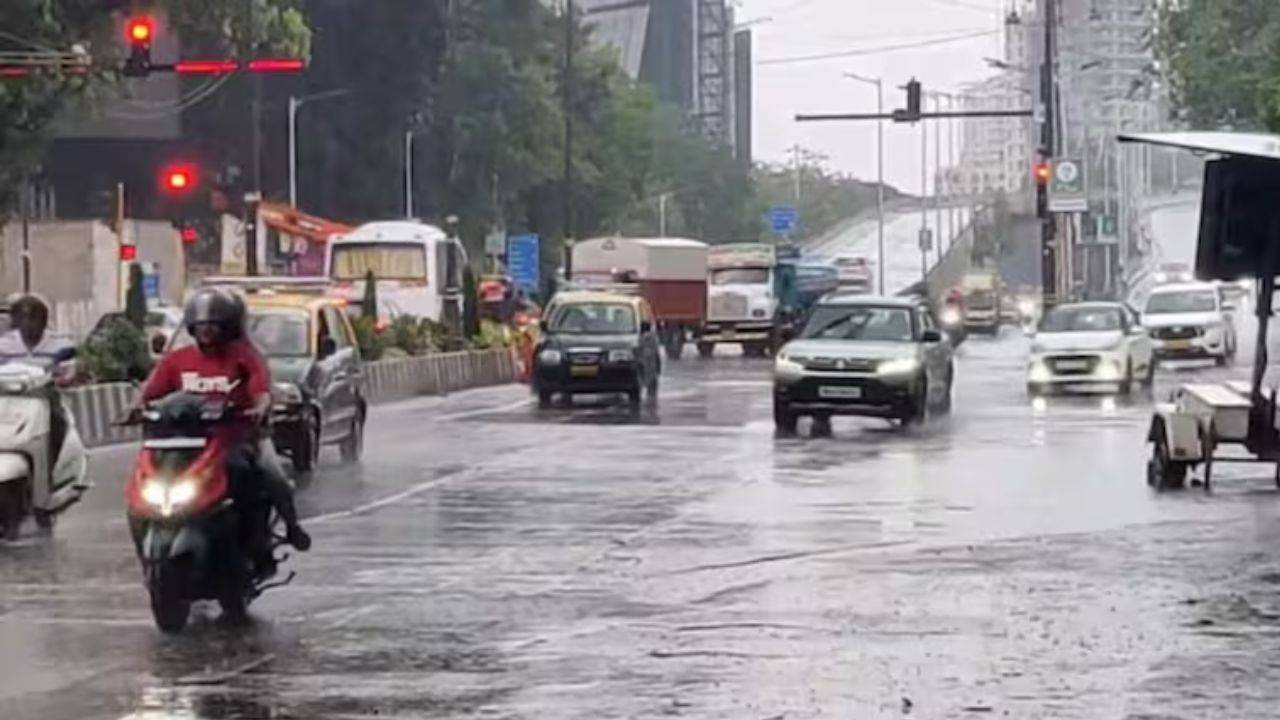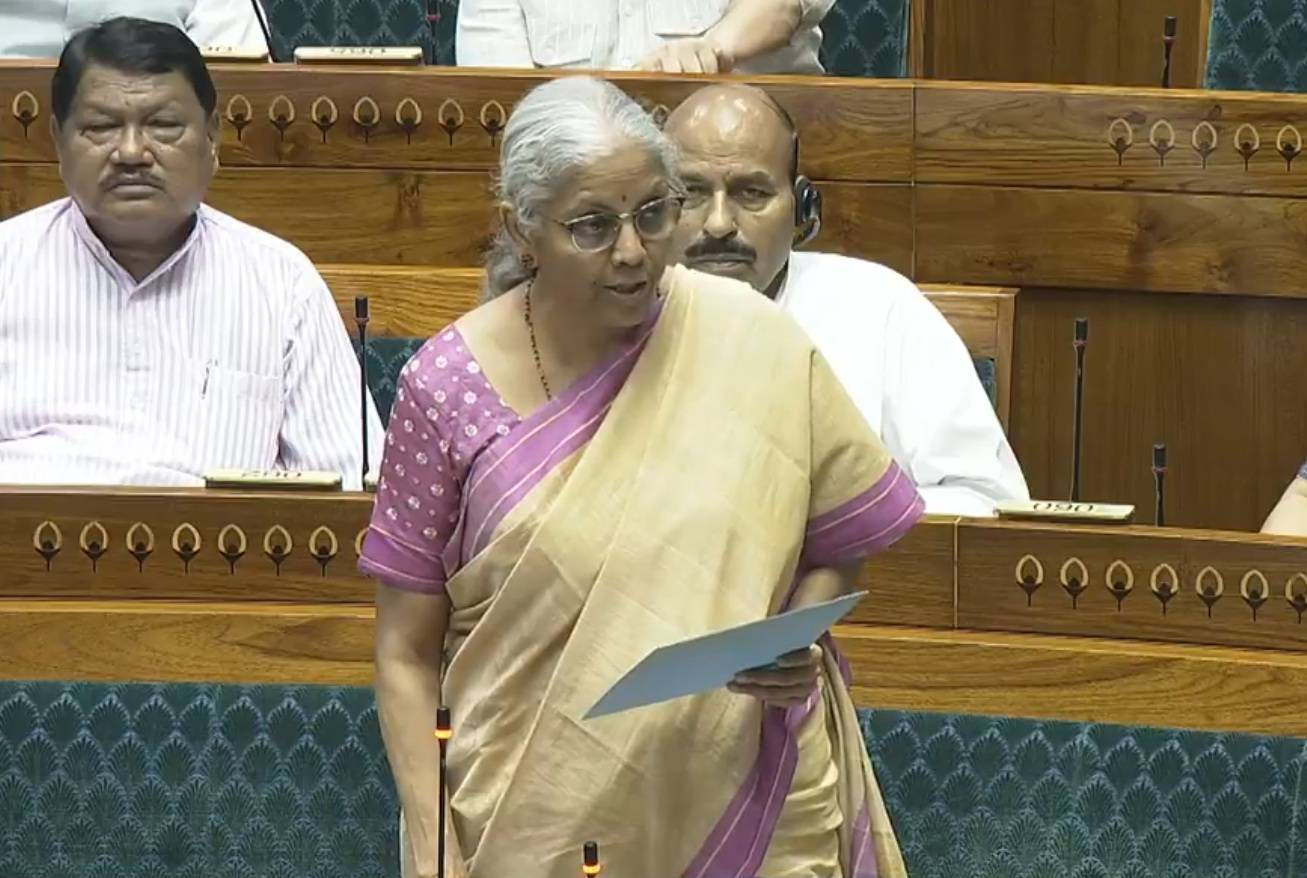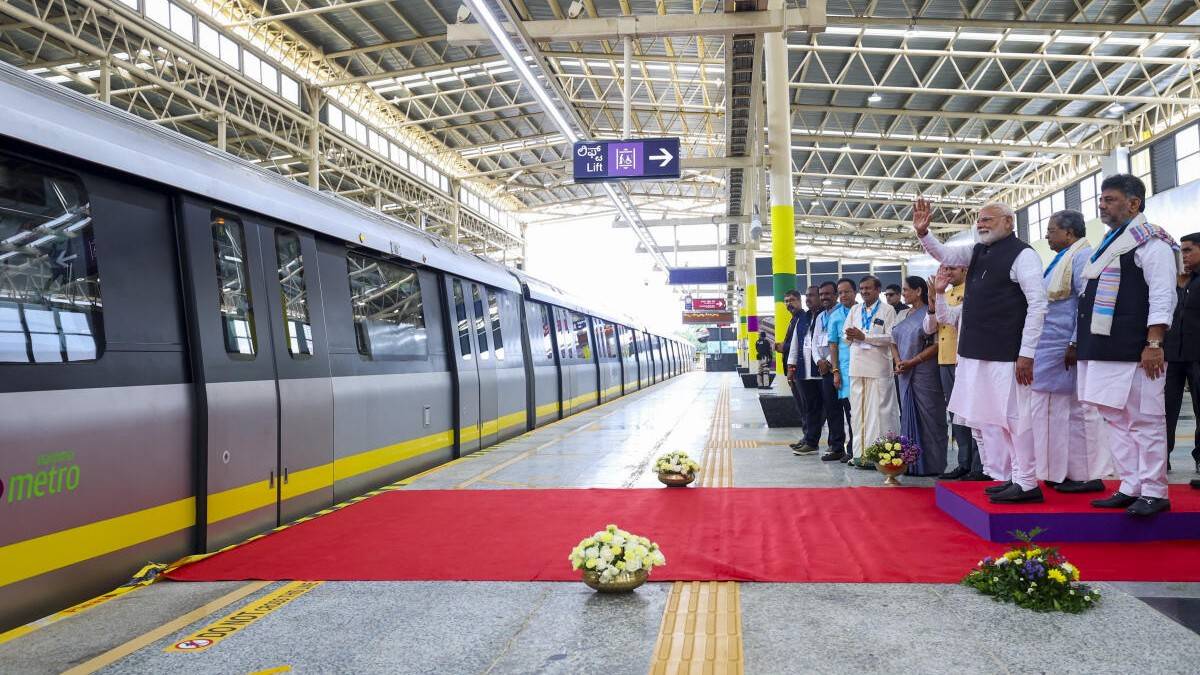Mumbai’s real estate market, among the most expensive in India, continues to witness strong demand throughout the year. However, the monsoon season, from June to September, brings with it recurring challenges that have less to do with a reduction in buyer interest and more with logistical disruptions caused by heavy rainfall and waterlogging.
According to real estate analysts and local consultants, the monsoon hampers the ability of prospective homebuyers to visit sites and complete transactions. This seasonal trend does not reflect a lack of market momentum but is largely tied to transportation and mobility issues across the city. Areas such as Sion’s Gandhi Market, Hindmata in Dadar, and Milan Subway in Vile Parle are among the locations frequently affected by waterlogging, creating barriers for both site visits and day-to-day travel.
Despite efforts by the Brihanmumbai Municipal Corporation (BMC) to improve drainage and other infrastructure, these challenges remain persistent. The municipal body has undertaken several projects to upgrade the stormwater drainage network, but flooding continues to affect many residential zones. As a result, certain low-lying or flood-prone locations tend to be viewed with caution by buyers. Data from property consultants indicates that capital and rental values in these areas can be 10–20% lower compared to localities that remain unaffected during the rains.
Real estate consultancy Knight Frank India provided insights into how the monsoon affects property registrations in Mumbai. In 2024, the city registered 37,000 transactions between January and March, followed by over 35,000 between April and June. However, during the peak monsoon period from July to September, registrations dipped to just above 33,000. Activity picked up again in the final quarter of the year, with registrations exceeding 35,000 units from October to December.
This pattern highlights how rain-related disruptions primarily delay the process of buying rather than suppressing the demand itself. According to Rajkumar Singh, who heads Residential Services (West) at ANAROCK Group, the drop in sales during the monsoon months is not driven by weak interest. Instead, it is the reduced mobility that affects buyer participation. Singh noted that many buyers prefer to defer visits and site inspections until after the heavy rains have subsided.
Mumbai’s property market recorded more than 52,000 registrations between January and April 2025, suggesting continued momentum. However, industry experts now expect a slowdown in footfall and bookings in the months ahead, especially as the city has already begun experiencing early monsoon activity. Forecasts suggest the monsoon may arrive nearly 10 days earlier than expected, disrupting what is traditionally a busy period for developers and homebuyers alike.
Dhiren Joshi, a consultant based in Borivali, observed that April and May typically draw high buyer interest due to a combination of school holidays and stable weather. But with rains already affecting several parts of the city, Joshi expects a drop in walk-ins, particularly from first-time buyers who rely on physical site visits to assess options. That said, Joshi also noted that those who have already selected properties are likely to proceed with registration and paperwork during dry intervals.
The impact of the monsoon on property prices remains localized. Areas with robust civic infrastructure and effective water management generally maintain their price points. In contrast, zones that routinely experience flooding or sewer backups may see reduced demand during this period. Buyers often take a cautious approach, avoiding properties that appear vulnerable to seasonal issues.
In some cases, the monsoon becomes a deciding factor in the property selection process. Site conditions during rains offer prospective buyers a chance to assess the practical resilience of a property. Water drainage, road accessibility, and even lift functionality during storms become part of the evaluation process. This also leads to a situation where builders focus on completing projects or critical amenities before the start of the rainy season, in an effort to maintain site conditions and avoid delays.
While digital tools and virtual site tours have gained popularity in recent years, physical inspections continue to be the preferred method for most buyers in Mumbai. Developers may use this time to focus on backend work, inventory planning, and targeted marketing, preparing for an expected recovery in sales once the rains subside.
While Mumbai’s monsoon season does not diminish real estate demand, it significantly affects the transaction process due to reduced mobility and buyer hesitation related to flooding risks. Seasonal dips in site visits and registrations are expected, but these typically recover post-monsoon as dry weather returns. The industry continues to adapt by planning around these predictable seasonal patterns, but challenges related to urban flooding remain a structural issue for the city’s real estate landscape.
Image source- dynamitenews.com









